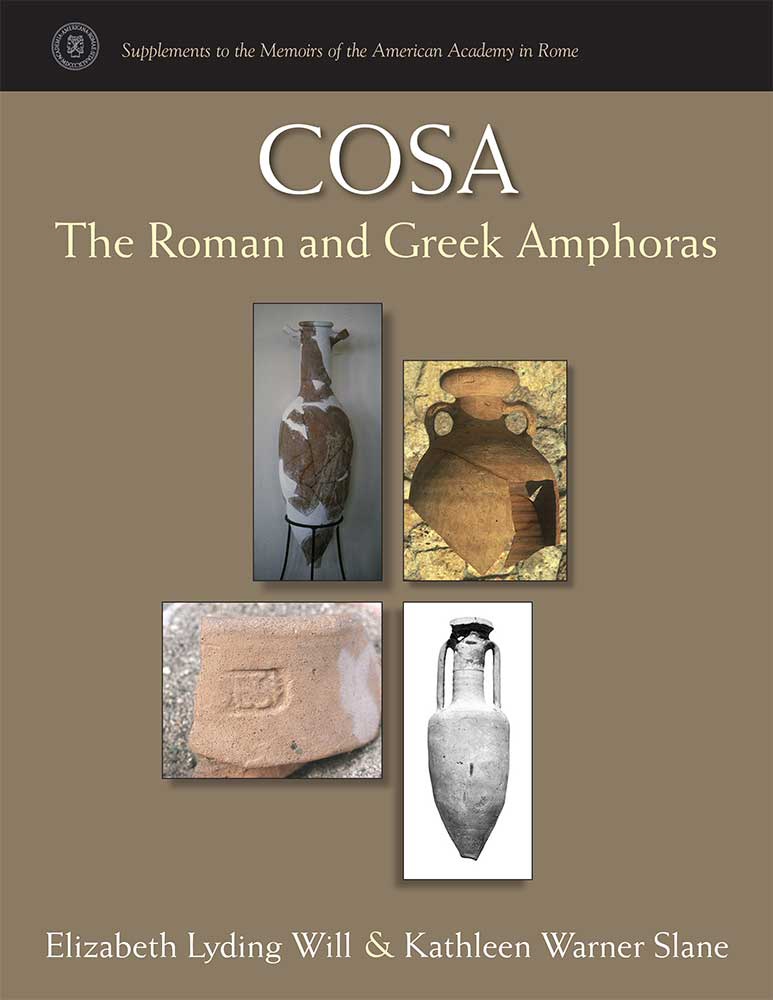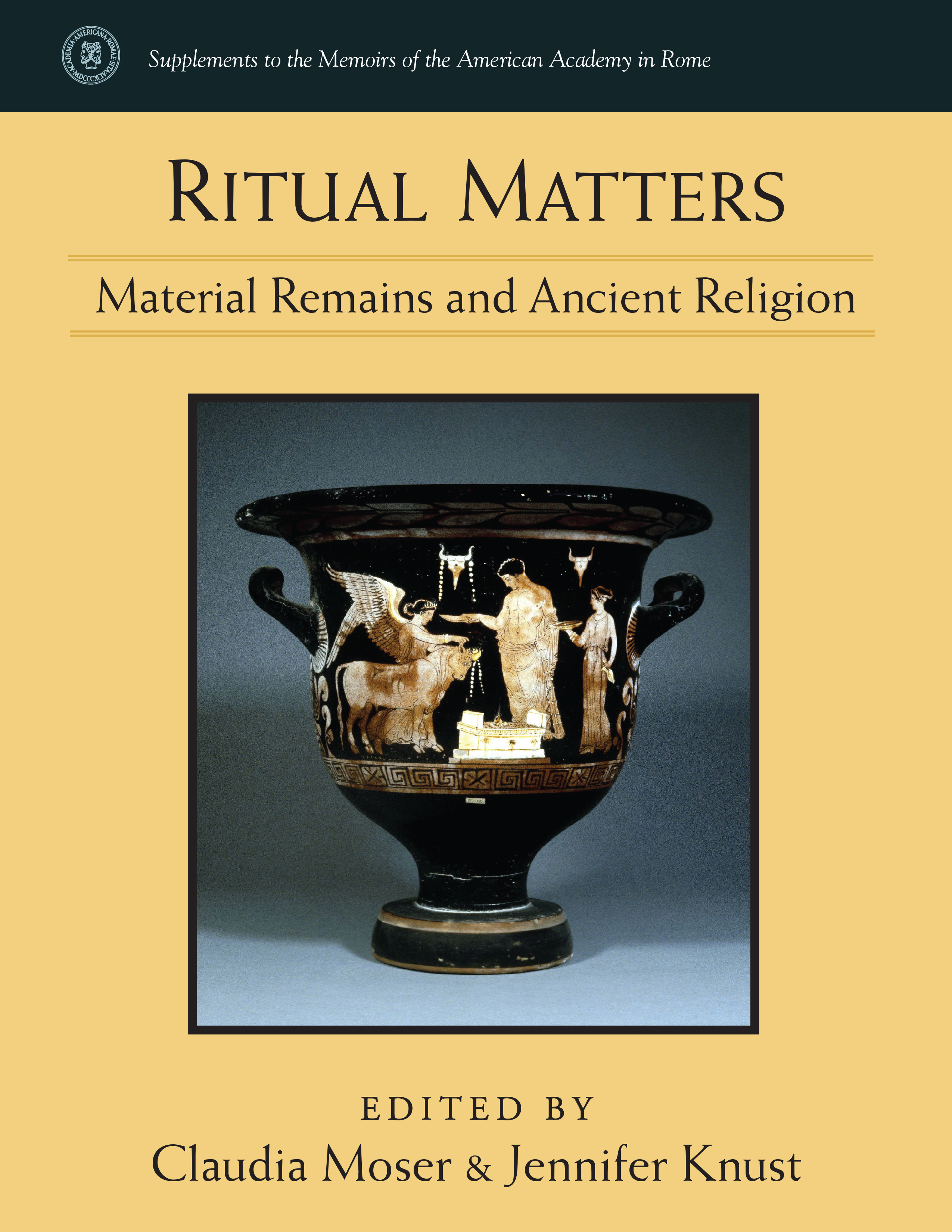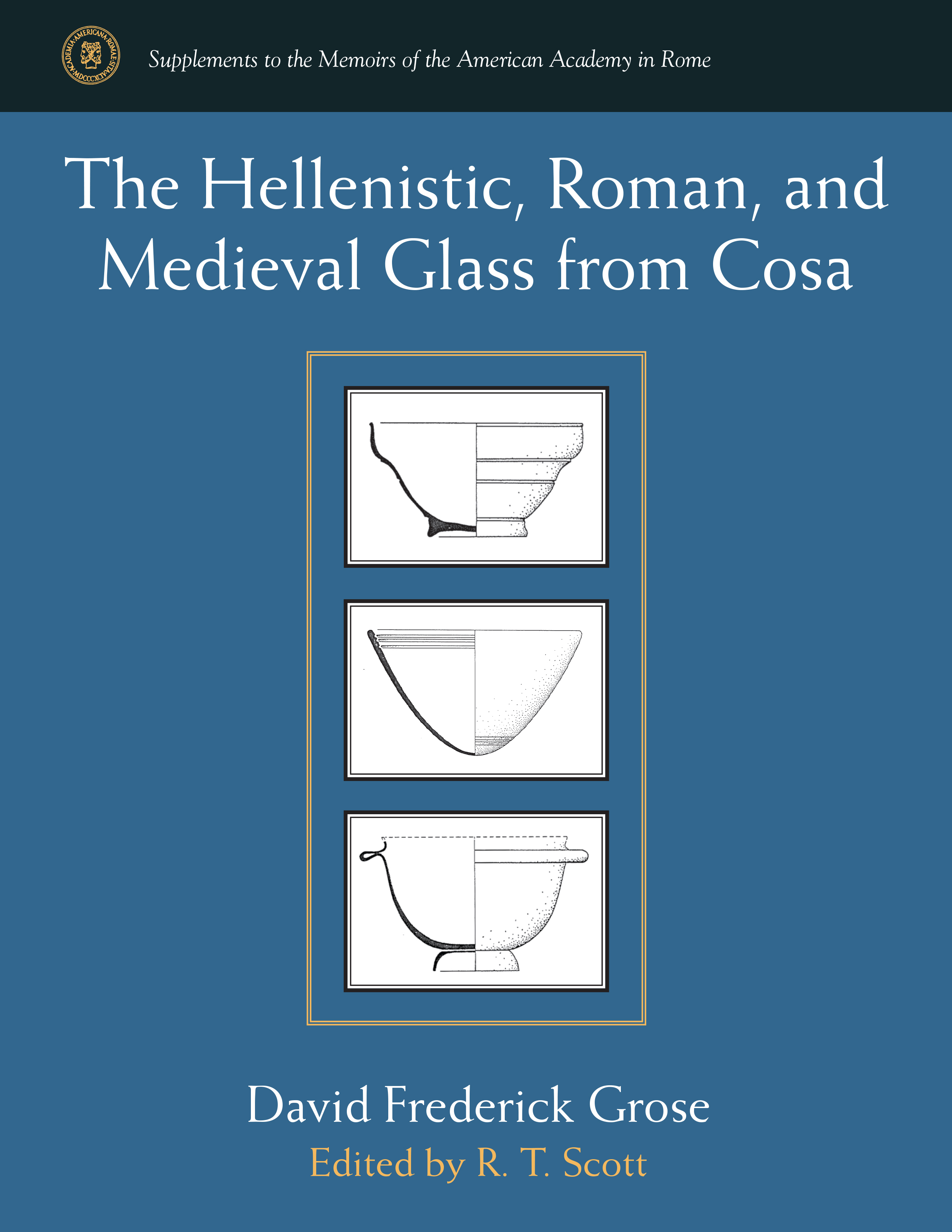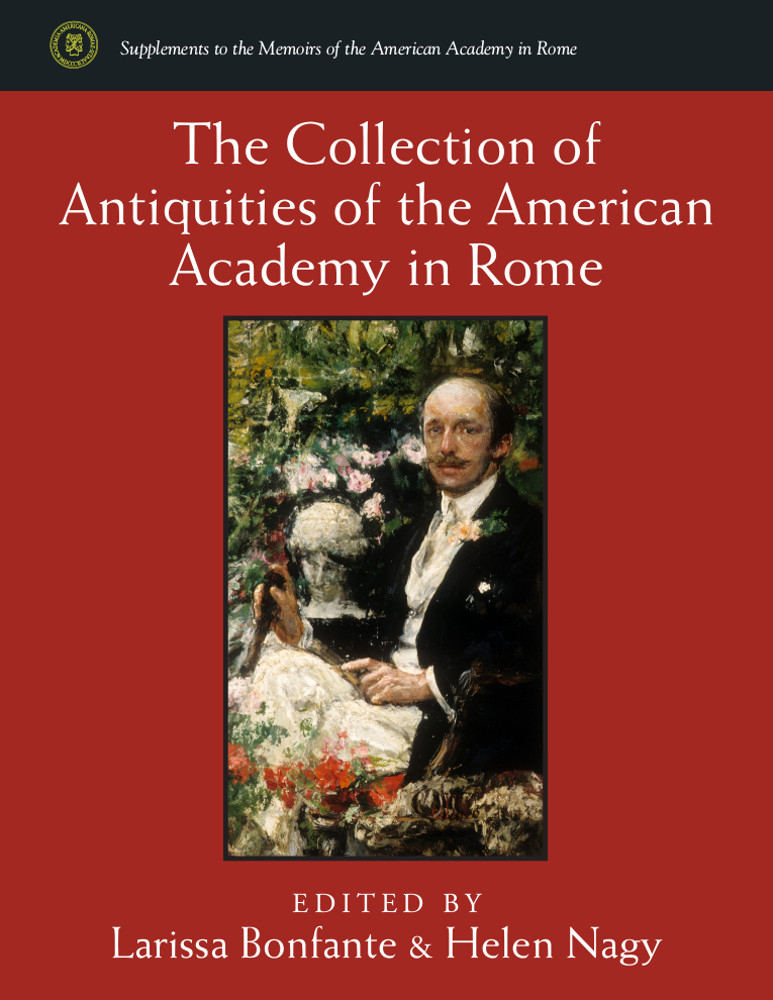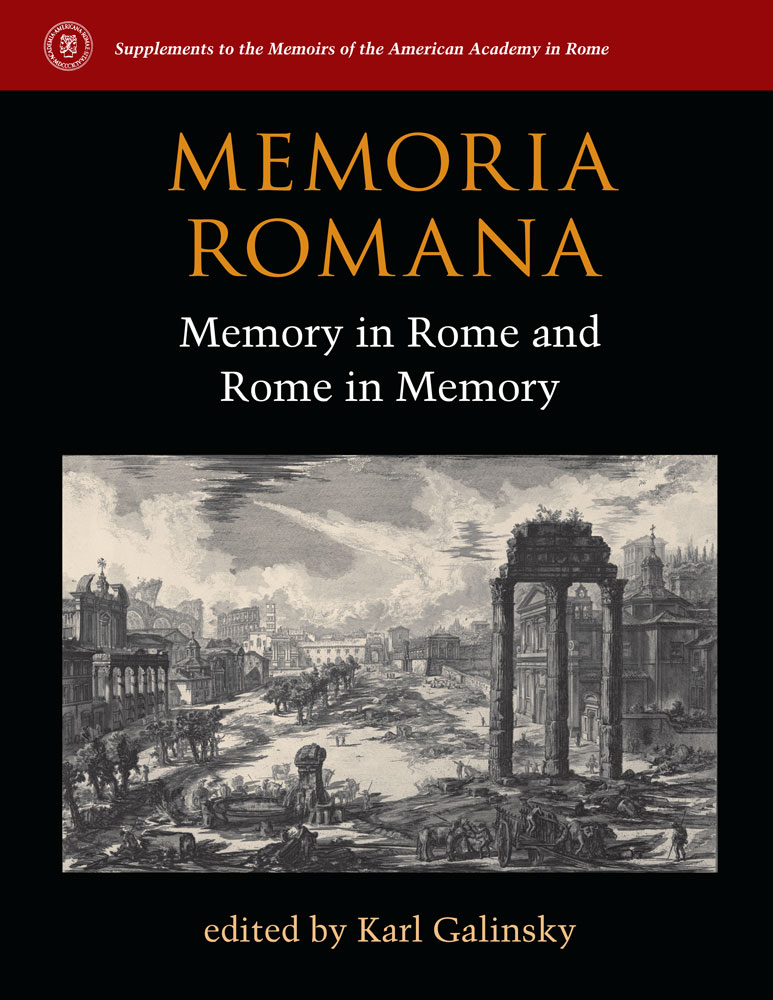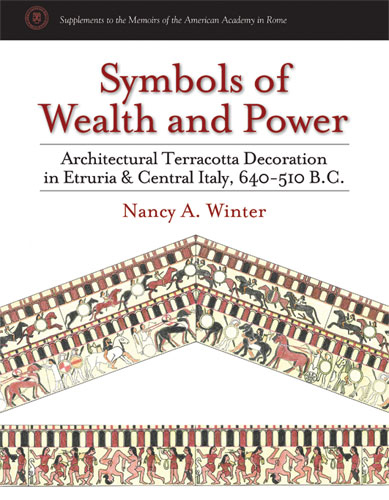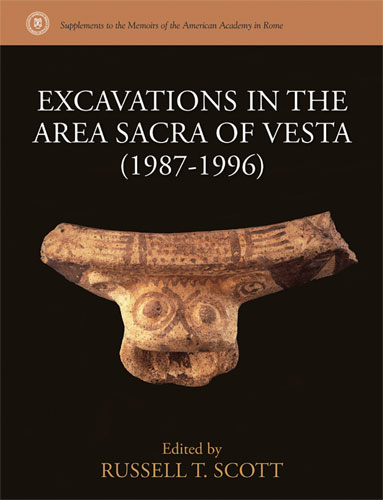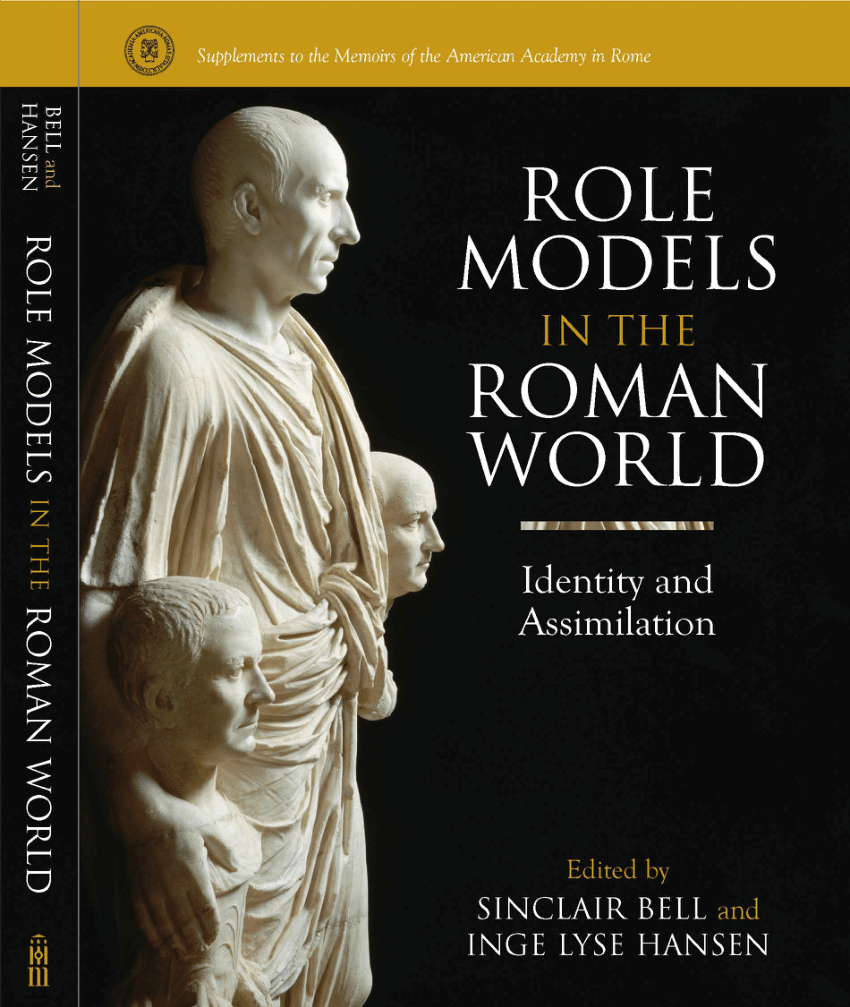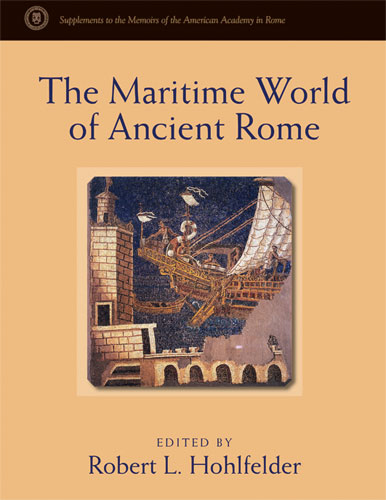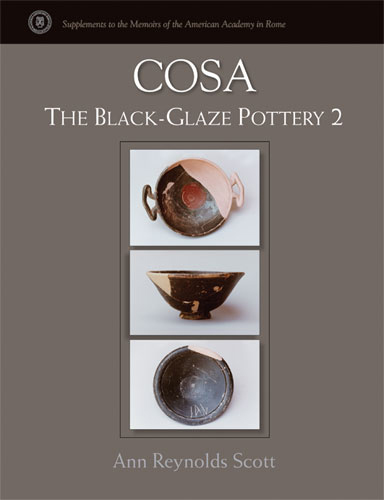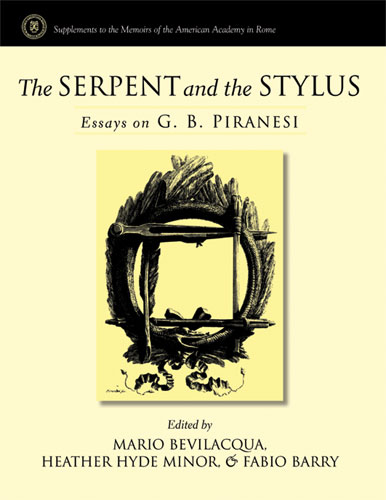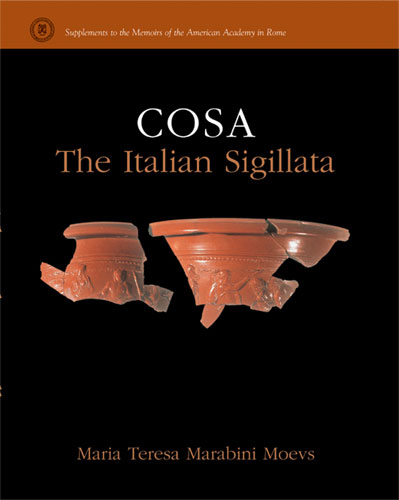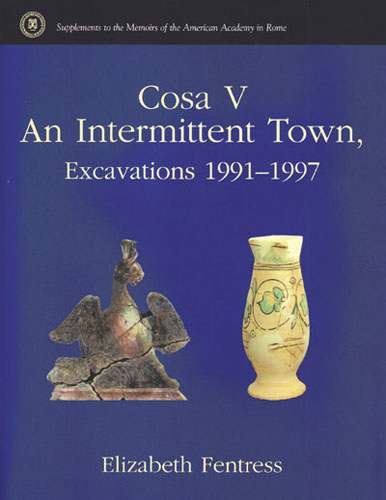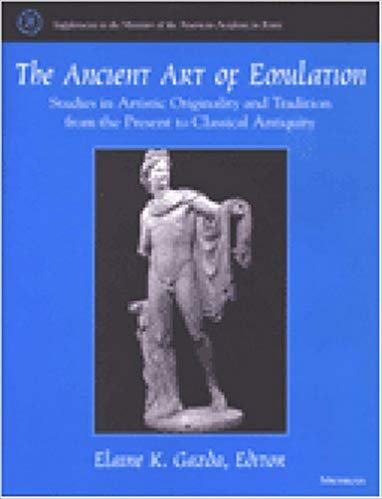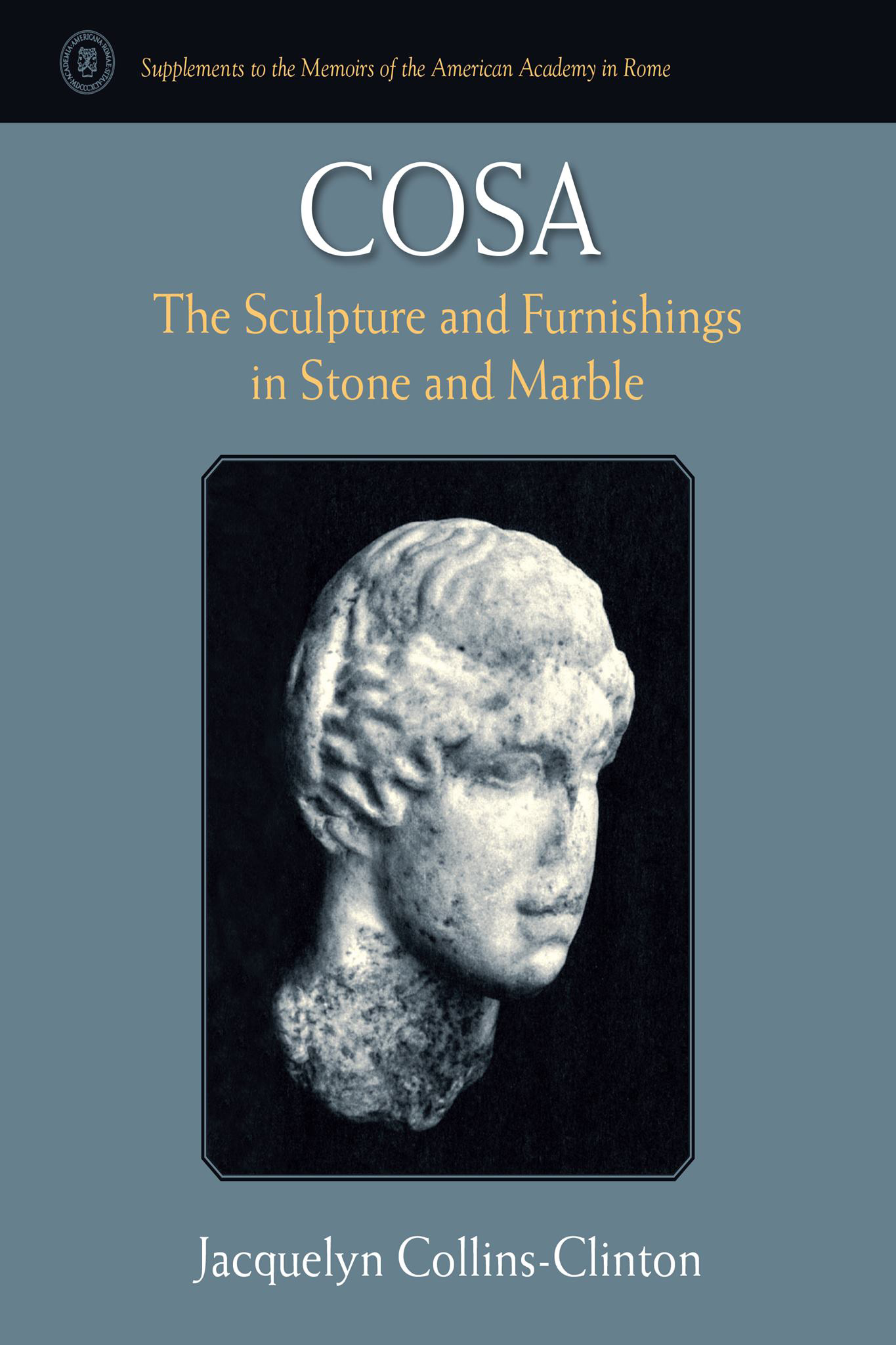
Cosa: The Sculpture and Furnishings in Stone and Marble
Cosa, a small Roman town, has been excavated since 1948 by the American Academy in Rome. This new volume presents the surviving sculpture and furniture in marble and other stones and examines their nature and uses. These artifacts provide an insight into not just life in a small Roman town but also its embellishment mainly from the late Republic and through the early Empire to the time of Hadrian. While public statuary is not well preserved, stone and marble material from the private sphere are well represented; domestic sculpture and furniture from the third century BCE to the first CE form by far the largest category of objects. The presence of these materials in both public and private spheres sheds light on the wealth of the town and individual families. The comparative briefness of Cosa’s life means that this material is more easily comprehensible as a whole for the entire town as excavated, compared for instance to the much larger cities of Pompeii and Herculaneum.
